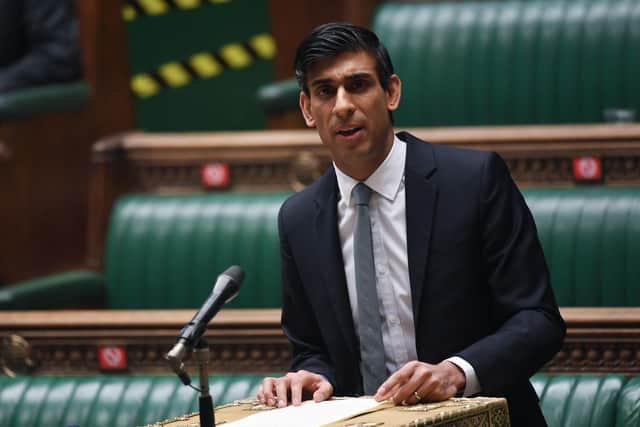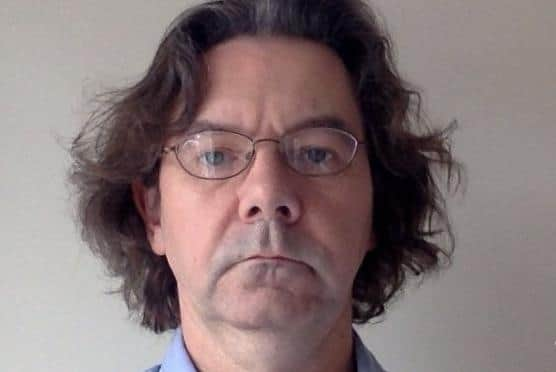Budget 2021: Why Rishi Sunak has failed to answer the big questions for Scotland - John McLaren
On the economy, things look little different to last November in terms of economic growth (GDP).
There is still expected to be a big bounce back in the second half of 2021 and in 2022, but thereafter disappointing real terms – adjusted for inflation – growth, of under 2 per cent a year, is set to return.
Advertisement
Hide AdAdvertisement
Hide AdA big unknown in all of this is the degree to which the running down of accumulated savings by wealthier households will help boost economic growth post lockdown.


Unemployment is now expected to peak at a lower rate, 6.5 per cent rather than 7.5 per cent, and to be close to pre pandemic levels – around 4 per cent – by 2025.
There must be a very big question mark over this profile as the long-term employment impact on hospitality, leisure, retail and tourism activities remains unknown, due to ongoing uncertainty over travel restrictions and behavioural choices.
On public finances, the UK Government has once again extended job and income support measures.


There was little or nothing said about future public spending levels. This will have to wait until the next Spending Review, expected in November.
However, the current profile for public service budgets looks unrealistic, as, post 2021/22, it assumes spending cuts rather boosts compared to expected pre-pandemic levels.
The Chancellor will have his work cut out in the months ahead trying to find the money to turn this austerity-looking scenario around.
There is still little clarity over how the fiscal deficit is to be brought back towards balance or how the level of debt is to be reduced over time.
Advertisement
Hide AdAdvertisement
Hide AdHowever, the rise in corporation tax outlined by Rishi Sunak does suggest that traditional Tory Party policy in this area may no longer apply.
Another source of increasing tax take over time is likely to continue to be the use of freezing tax allowances and thresholds.
This will slowly, but surely put more taxpayers into higher tax brackets, without causing much in the way of public opposition when compared to rises in petrol duty levels or restrictions to pension increases.
The Scottish Government is highly likely to go along with this strategy as it has already taken a similar approach in recent years.
The big questions remain though:
- How much extra funding is needed in the short term to quickly reduce the waiting lists that have built up in the NHS and in the courts system and to help restore lost schooling?;
- How much extra funding is permanently needed in areas like the NHS and the care system?;
- Who will ultimately pay to bring the public finances back nearer into balance, by how much and how quickly?
While these may be questions the UK Government can continue to delay answering, in Scotland with an election imminent in early May, the position is different.
Advertisement
Hide AdAdvertisement
Hide AdSoon each Scottish political party will have to start outlining their post pandemic proposals for the next four years in their election manifestos.
- John McLaren is a political economist who runs the scottishtrends.co.uk website.
Comments
Want to join the conversation? Please or to comment on this article.